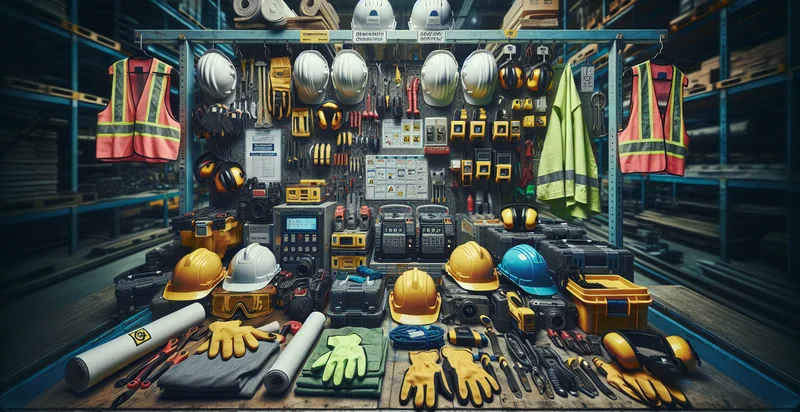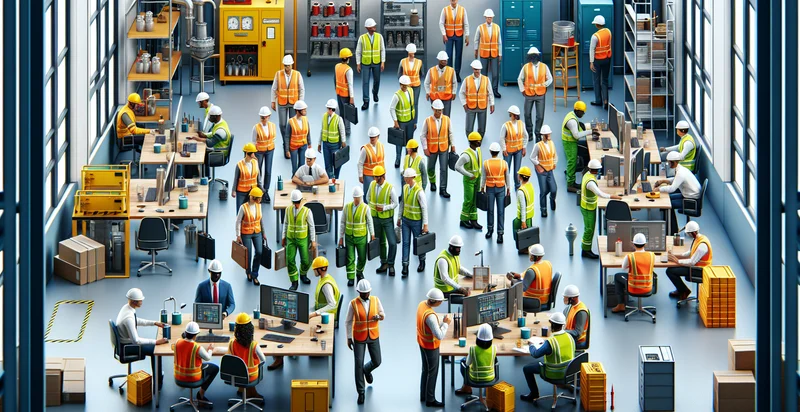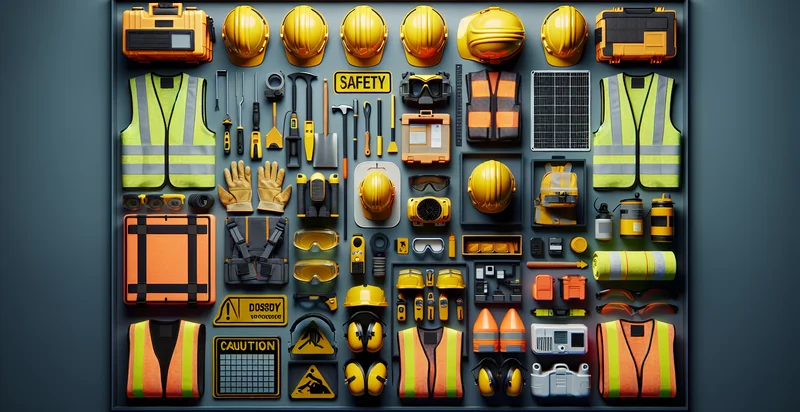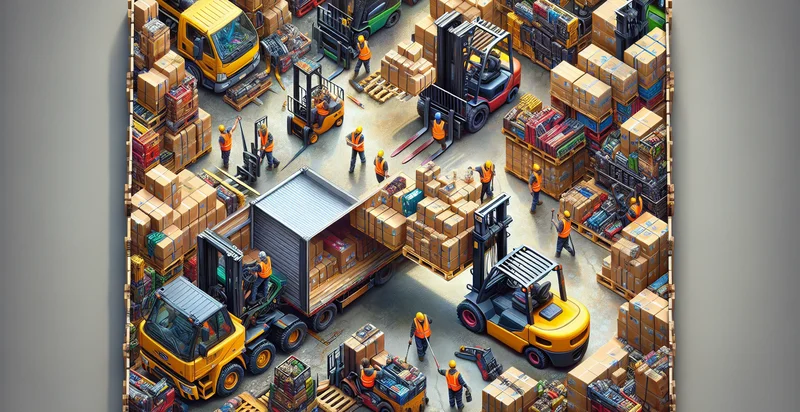Identify equipment safety setup
using AI
Below is a free classifier to identify equipment safety setup. Just upload your image, and our AI will predict what type of safety equipment is present in the setup - in just seconds.

Contact us for API access
Or, use Nyckel to build highly-accurate custom classifiers in just minutes. No PhD required.
Get started
import nyckel
credentials = nyckel.Credentials("YOUR_CLIENT_ID", "YOUR_CLIENT_SECRET")
nyckel.invoke("equipment-safety-setup", "your_image_url", credentials)
fetch('https://www.nyckel.com/v1/functions/equipment-safety-setup/invoke', {
method: 'POST',
headers: {
'Authorization': 'Bearer ' + 'YOUR_BEARER_TOKEN',
'Content-Type': 'application/json',
},
body: JSON.stringify(
{"data": "your_image_url"}
)
})
.then(response => response.json())
.then(data => console.log(data));
curl -X POST \
-H "Content-Type: application/json" \
-H "Authorization: Bearer YOUR_BEARER_TOKEN" \
-d '{"data": "your_image_url"}' \
https://www.nyckel.com/v1/functions/equipment-safety-setup/invoke
How this classifier works
To start, upload your image. Our AI tool will then predict what type of safety equipment is present in the setup.
This pretrained image model uses a Nyckel-created dataset and has 25 labels, including Adapted For Use, Adequate Protection, Approved, Below Safety Standards, Compliant, Correctly Maintained, Damaged, Exceeds Safety Standards, Excessively Worn and Functional.
We'll also show a confidence score (the higher the number, the more confident the AI model is around what type of safety equipment is present in the setup).
Whether you're just curious or building equipment safety setup detection into your application, we hope our classifier proves helpful.
Related Classifiers
Need to identify equipment safety setup at scale?
Get API or Zapier access to this classifier for free. It's perfect for:
- Hazard Detection in Manufacturing: This use case involves implementing the false image classification function to identify improperly set up equipment in manufacturing environments. By quickly analyzing safety setups, the system can reduce risks associated with worker injuries and equipment malfunctions.
- Construction Site Safety Monitoring: The function can be deployed on construction sites to identify and classify equipment safety setups before work begins. By ensuring that all machinery and safety gear are correctly arranged, the workforce can prevent accidents and comply with safety regulations.
- Industrial Equipment Maintenance: This use case explores the application of the classification function in assessing the correct safety setups during scheduled maintenance. By categorizing images of equipment and their safety arrangements, maintenance teams can ensure compliance with safety standards and identify any deviations immediately.
- Compliance Audits for Safety Standards: Organizations can utilize the false image classification function during safety compliance audits to ensure that all equipment setups adhere to internal and external regulations. The system's ability to classify and flag incorrect setups can help prevent costly fines and enhance overall workplace safety.
- Remote Monitoring Solutions: The function can be integrated into remote monitoring systems for critical infrastructure. By continuously analyzing the safety setup images of equipment, remote teams can receive alerts about potential safety violations without the need for on-site inspections.
- Employee Safety Training Programs: This use case involves using the classification function to evaluate and provide visual feedback on workers' safety equipment setups during training programs. By utilizing real-time image classification, trainers can instantly correct mistakes and reinforce proper safety protocols.
- Insurance Assessment and Risk Management: Insurance companies can leverage the classification function to assess the safety setups of insured equipment as part of risk management strategies. By evaluating images of equipment setups for correctness, insurers can better evaluate claims related to safety violations and recommend preventive measures.


